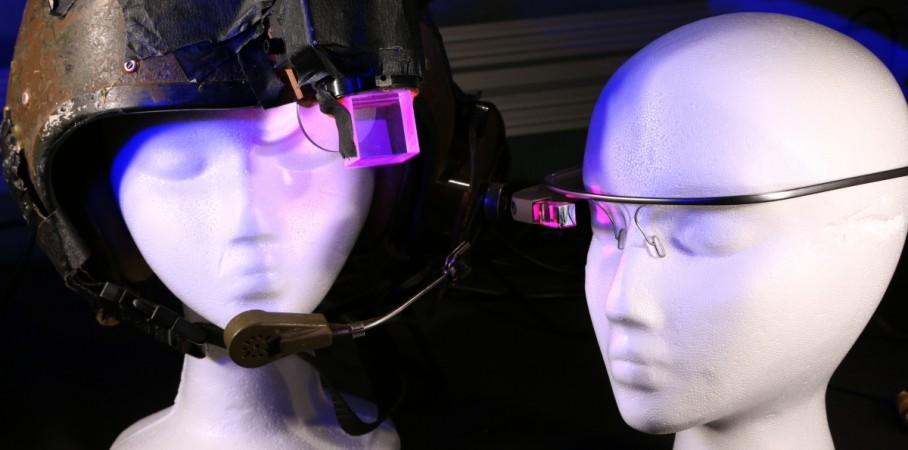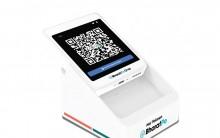
What is it?
Google glass is a kind of wearable device with an optical head mounted display (OMHD). Developed by the search engine giant Google, the Google Glass was made with an idea to develop an omnipresent computer for the consumers. After wearing Glass, th user needs to send across voice instruction to it and in response the wearable connects to the Internet, accumulate information and display in a hands free format.
Google X, the team responsible to develop this head-mounted cyborg finished wearable is surprisingly smaller and slimmer than the previously available head-mounted wearables.
Google X rolled out the prototype of this Glass during mid-2011. With a measured weight of 3.6kg the device was heavier than expected.
But Google trimmed down the extra fat from it to make it weigh just 50g at the time of rolling out the first edition. Codenamed as the Google Glass Explorer edition, the device got its first commercial release on the Google I/O developer conference in US for 1500 US Dollars.
Features
Looks like a sunglass often seen in science fictions and spy movies; the Google Glass features a touchpad, a camera and a display.
The touchpad is located on the side of the glass and allows the user to manipulate the device through a timeline-like interface displayed on the screen. To see the past events like phone calls, media or social media circle update, the user needs to slide it forward. And for seeing the current updates like weather the touchpad needs to swipe backward.
The in-built 5MP camera has the ability to record 720p HD videos. Contextually the Nepal government adapted the Google Glass for tracking poachers, wild animals and herbs of Nepal's World Heritages including Chitwan National Park. Nepal's Army force Gurkha military also use Google Glass to conduct their operations.
Google Glass features a Liquid Crystal on Sillicon or LCoS LED-illuminated display. LED illumination is polarised and then displayed through the in-coupling polarising beam filter.
Technically it might sound complex but reflects an easy view of things.
Specification
The Augmented Reality-based wearable features a dual core Texas Instruments OMAP 4430 processor coupled with 2GB RAM and 16GB onboard memory of which 12GB is usable. The Google Glass also features a bone conduction instead of a speaker including an array of sensors including accelerometer, gyroscope, ambient light, proximity, magnetometer and a microphone. Powered by a 2100 mAh battery, the Google Glass can project through the lens above the right eye at a resolution of 640 x 360 pixels. The Goole Glass also includes a built-in WiFI and Bluetooth radio and also boasts of a 5MP camera. The wearable uses Android Kitkat 4.4.2 operating system till date.
Features
The specification might not look that impressive, but it's the features which makes Google Glass really special. With an ability to view relevant information in real time, the device has already been used in several professions including medical science and defence purposes.
To make the wearable popular, Google has already released the API to allow developers to start making apps for it. Currently, there are several third-party apps available for Google Glass including Evernote, new app CNN News, exercising app Strava, cooking app AllTheCooks, Tripit, Foursqaure to name a few. Google has also announced the Glass can receive notifications from an Android Wear-based device.
Thousands of Google engineers are continuously working on Glass to make it one of the most significant Augmented Reality wearable which would make us think that "we are truly living in the future."







![BJP fields Tashi Gyalson for Ladakh; drops sitting MP [details]](https://data1.ibtimes.co.in/en/full/797185/bjp-fields-tashi-gyalson-ladakh-drops-sitting-mp-details.jpg?w=220&h=138)






